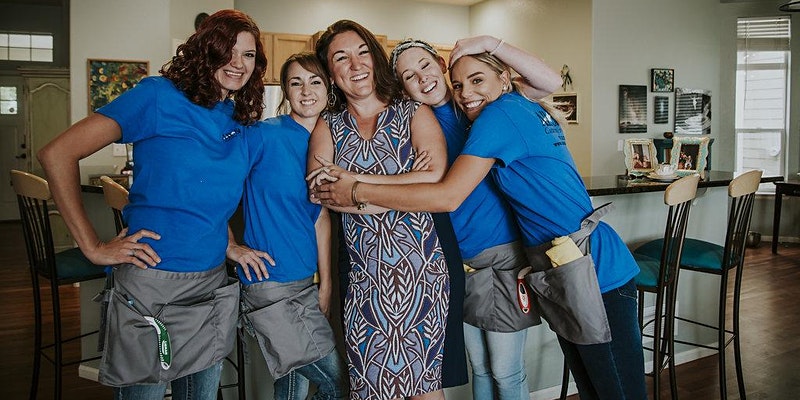The design of a website is only as good as it is usable to its visitors.
When it comes to website design and user experience (UX), there’s one important thing to keep in mind:
User experience is all about creating a website design that seamlessly merges all facets of the end user’s interaction with the company and its services or products. It means leaving your visitors feeling satisfied with the overall perception and experience on your site.
In Part 4 of our series, you learned how content plays a key role in enhancing the user experience on your website. In Part 5, the focus is on website design, page speed and UX, which together with content make up 30 percent of the all-important local SEO factors.
SEO, Design, and UX
The purpose of search engine optimization (SEO) is for people to find your site. Once they do, design and UX take over. They contribute to the reasons why a consumer chooses your website over a competitor’s.The way to achieve a successful website design and user experience is to create a site design that quickly and easily provides searchers with the information they are seeking.
A user-centered website design that meets searchers’ expectations results in a powerful user experience.
Creating User Experience
Three components of a website’s design contribute to providing a good on-site experience: site architecture, design, and user flow.
Site Architecture
The user interface of your website is the architecture that organizes everything within your web pages. When evaluating your website’s architecture, keep these three questions in mind:- Does the organization of your site effectively communicate your message?
- Does everything serve a function or is there redundancy or unnecessary components?
- Is everything easy to find?
Design
A well-designed website should have:
- A simplistic, uncluttered appearance that is consistent with your brand and allows your content to stand out so users can achieve their objectives for visiting your site;
- A design that supports your company’s objectives, target market, and searcher intent (See Part 1 of our series);
- Functional imagery (e.g., actual photos of your company’s products/services, graphics, videos, etc.);
- Navigation that is clear, easy, and consistent among web pages;
- Site pages that quickly load;
- Web page elements that are responsive and intuitive;
- Easy to use forms, sign-ups, log-ins and e-commerce checkout;
- A mobile-friendly design;
- No roadblocks, like error messages or broken hyperlinks.
User Flow
Flow pertains to how visitors arrive at your site. Visitors can come from difference sources, like a Google search, social media, an e-mail newsletter or referral, paid advertising, or a link from a blog post or other source.
The goal of your site design is to meet the needs of visitors, regardless of how they arrived to your website. Your website design should feature various landing pages that cater to visitors coming from these different sources by providing the content they are seeking.
Remember, people search the Web with a goal in mind and choose sites that meet that goal. With a website designed for user experience, you can capture those seeking information about your cleaning services.
With your website design geared toward user experience, it’s time to turn to brand awareness. In Part 6 of our Local SEO series, you’ll learn how brand awareness impacts SEO and how you can enhance your company’s brand.
Catch up on the series:
Part 1: The #1 Local SEO Rule: Does Your Website Have What Search Engines Want?
Part 2: How to Build Backlinks to Boost Local Web Traffic to Your site
Part 3: 3 Ways to Get the Reviews and Citations Your Website Deserves
Part 4: How to Create Great Site Content That Search Engines Like
John Crenshaw is Director of Search, Content & Media at Oodle.io.






